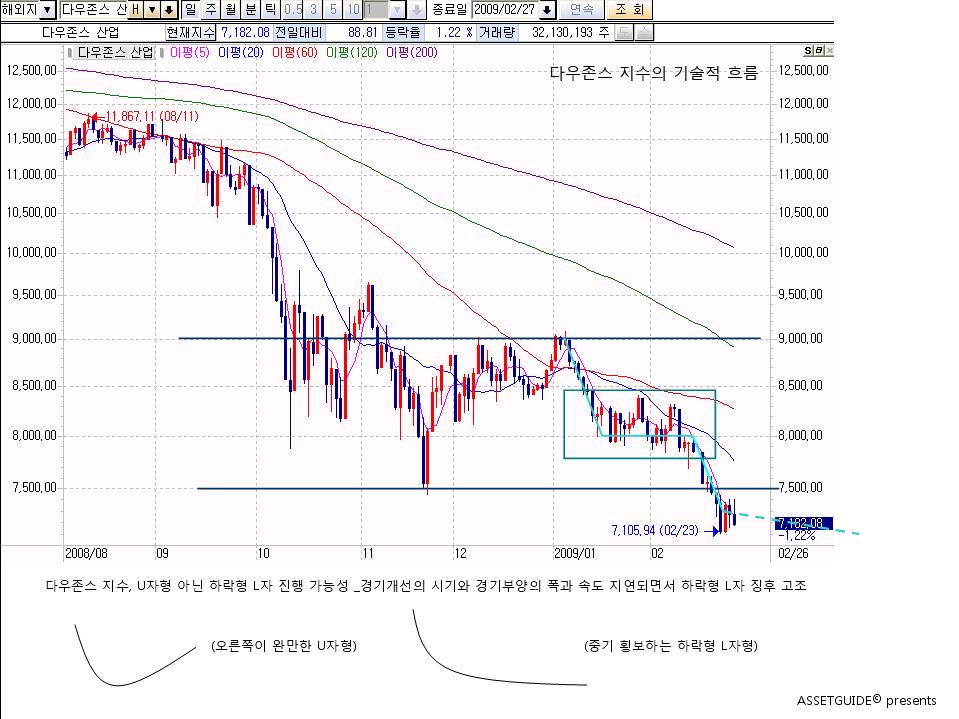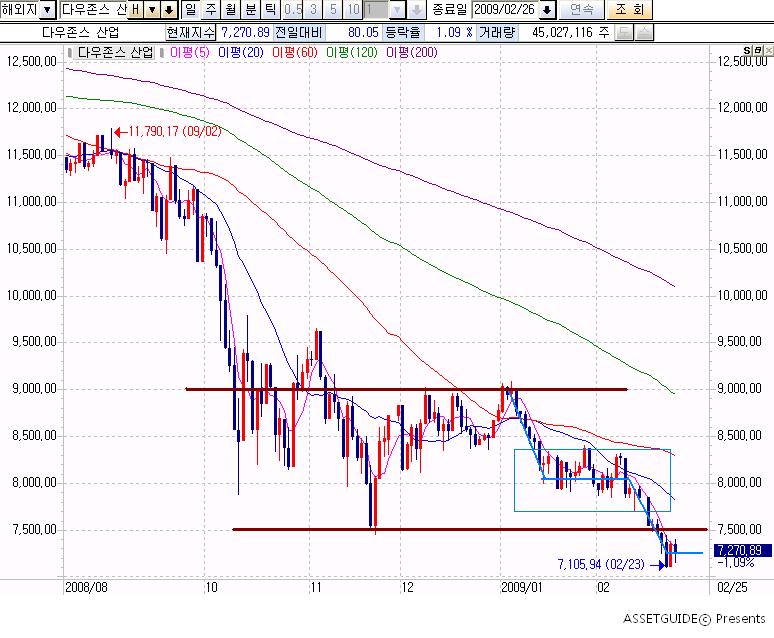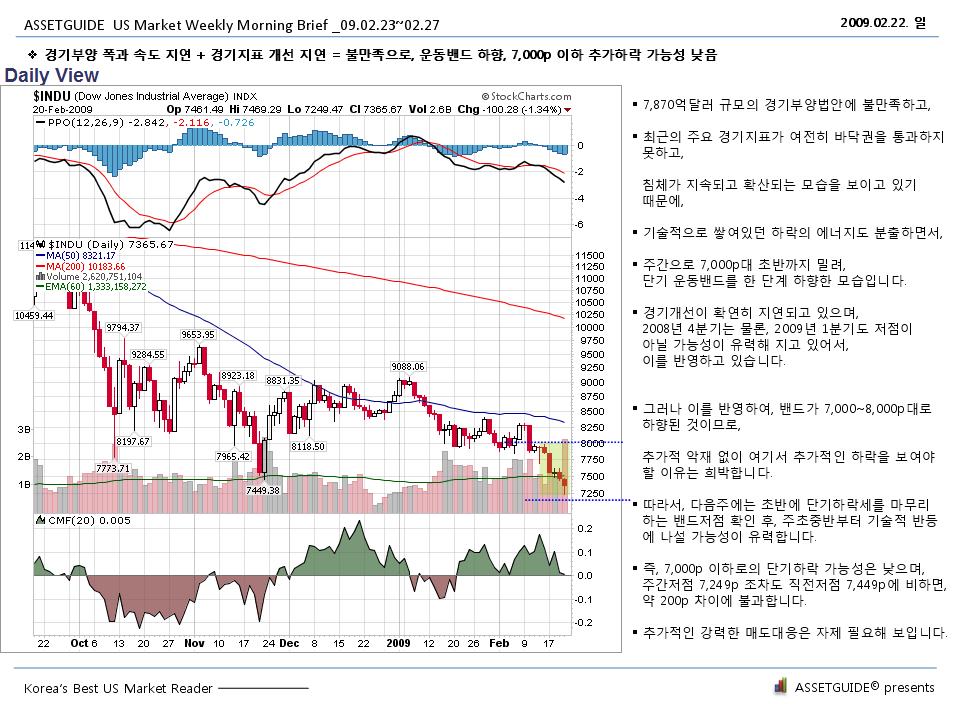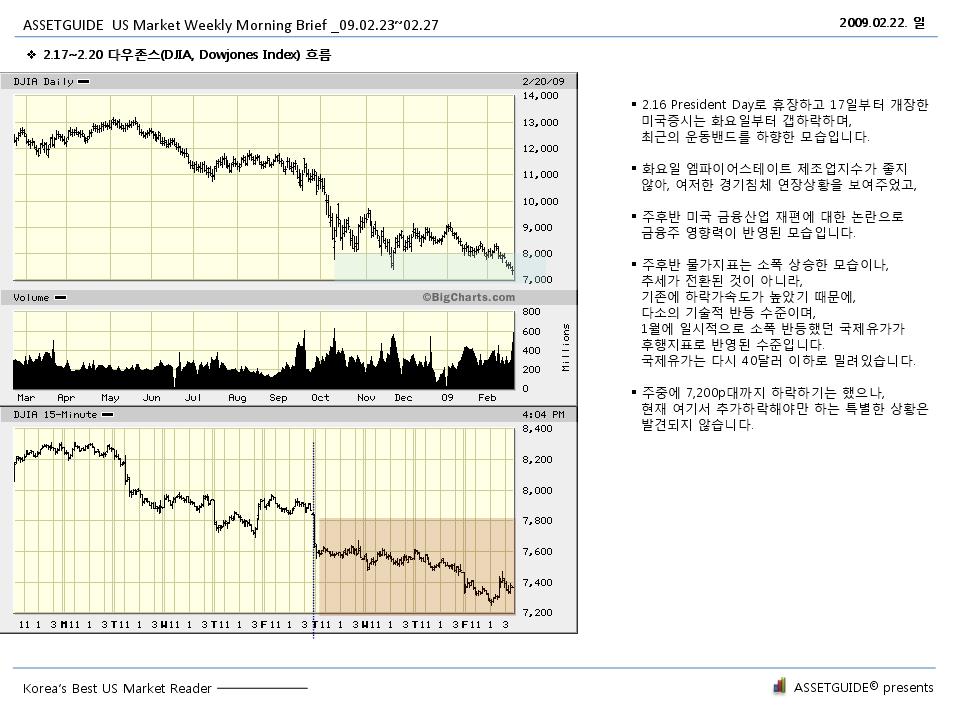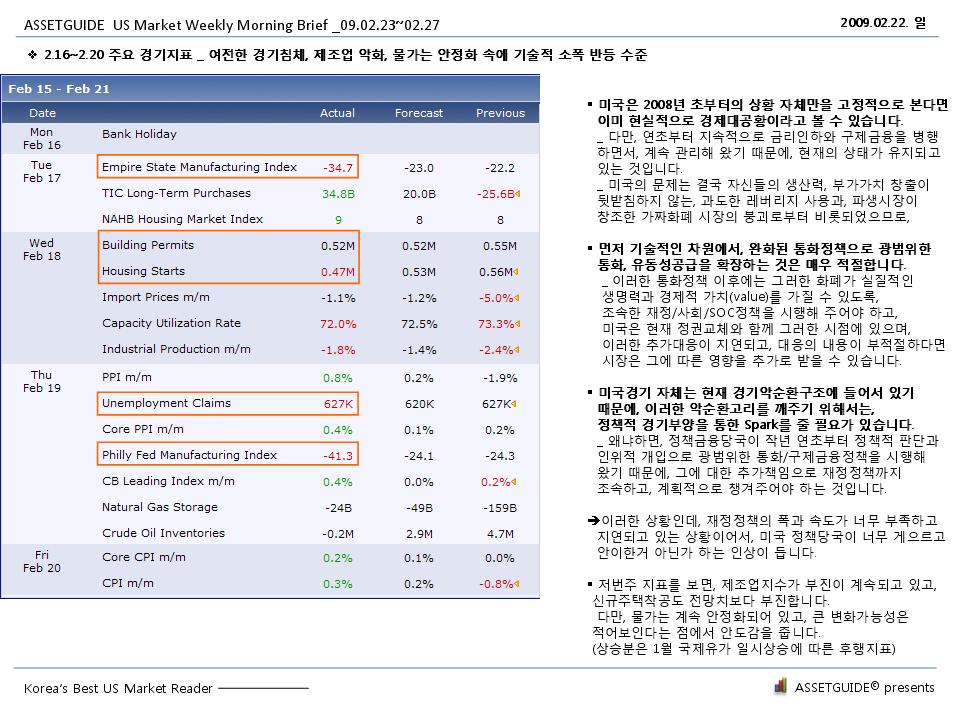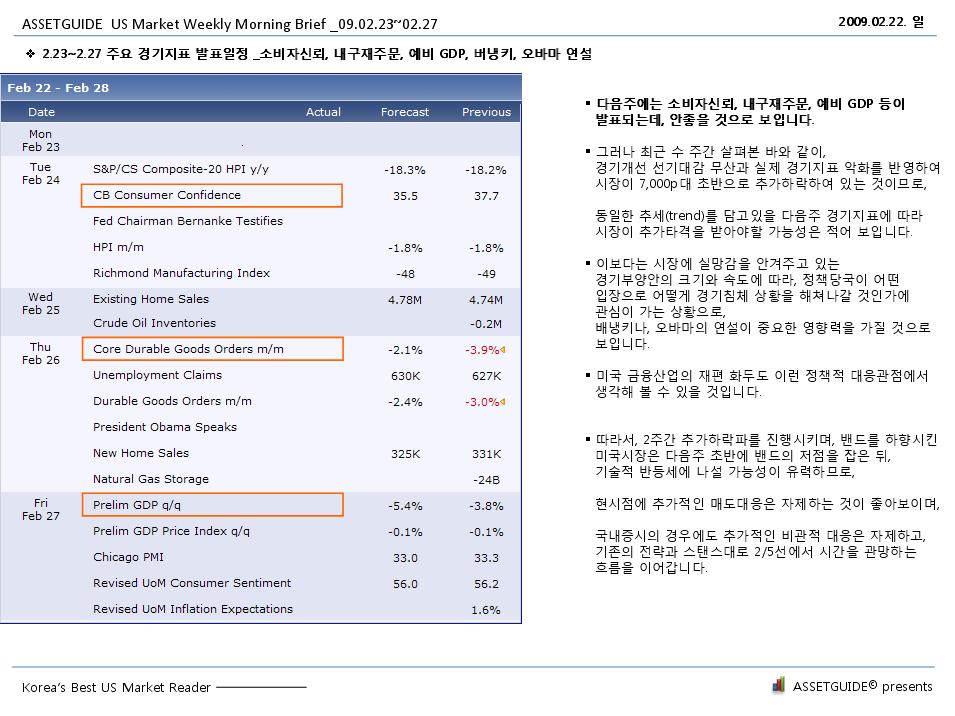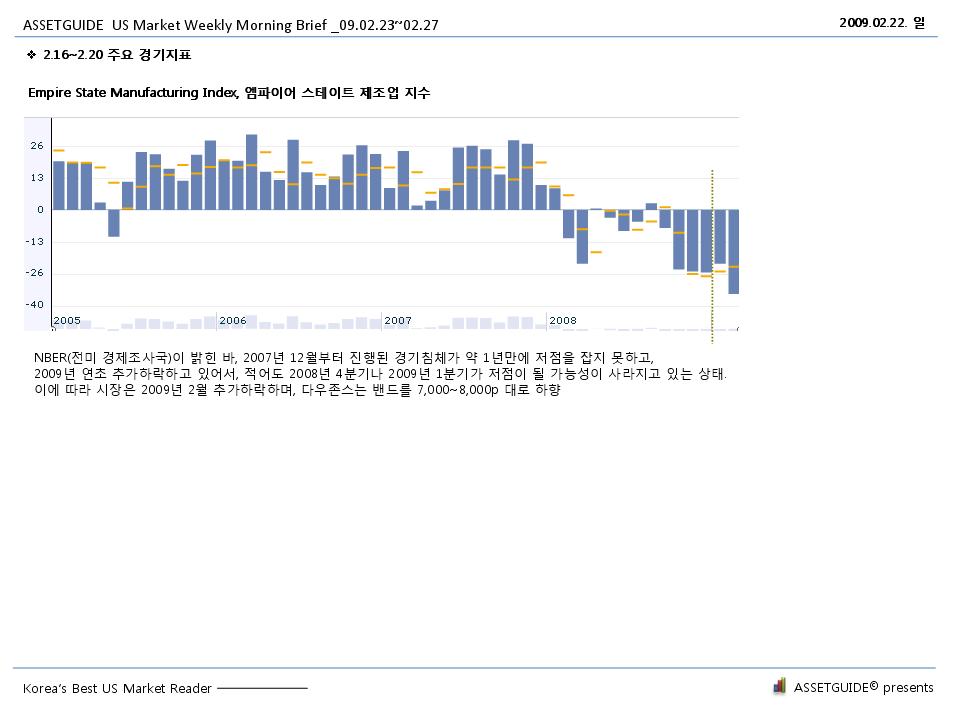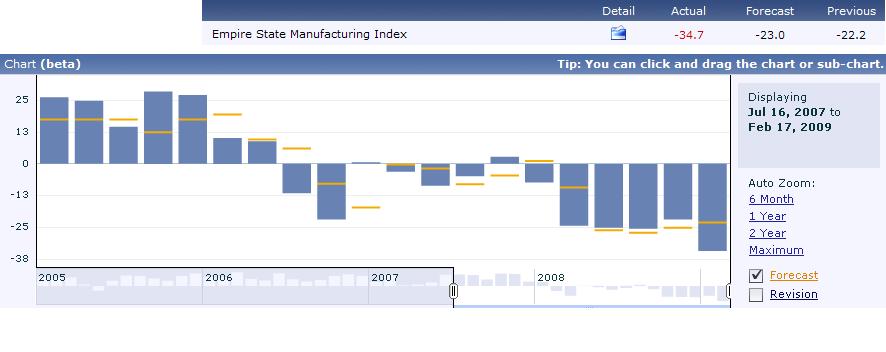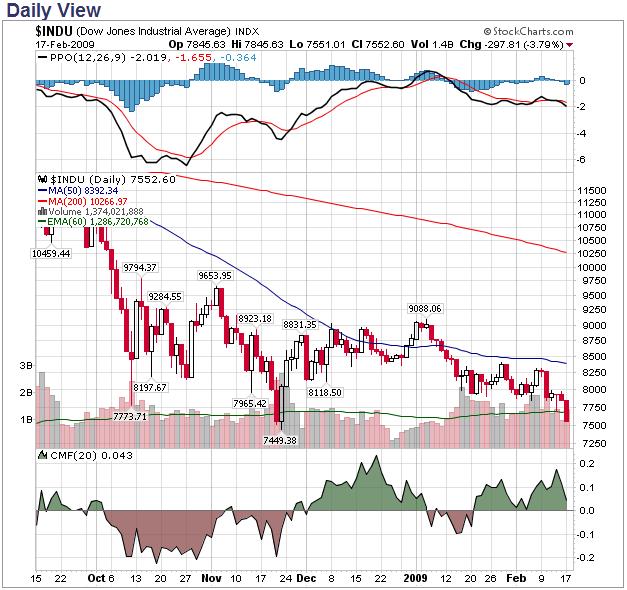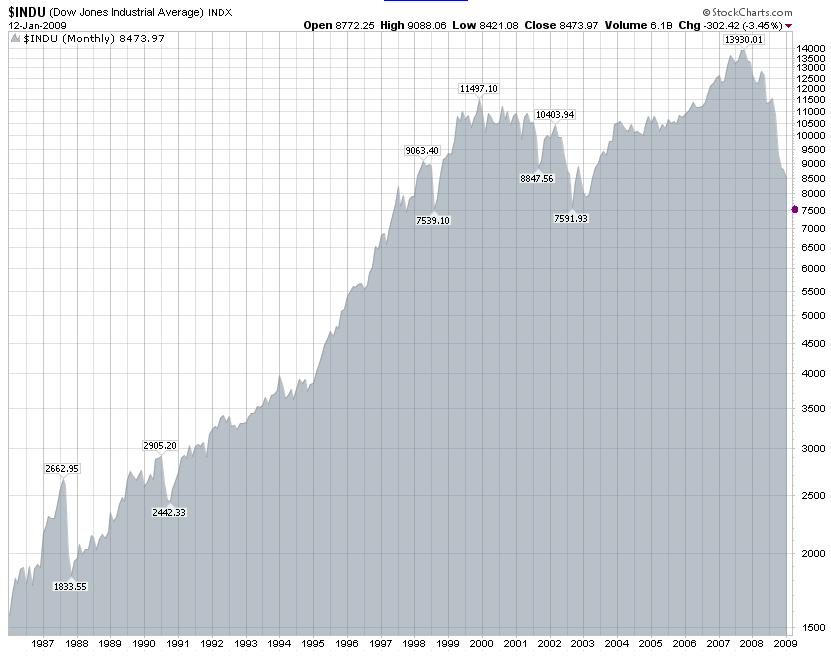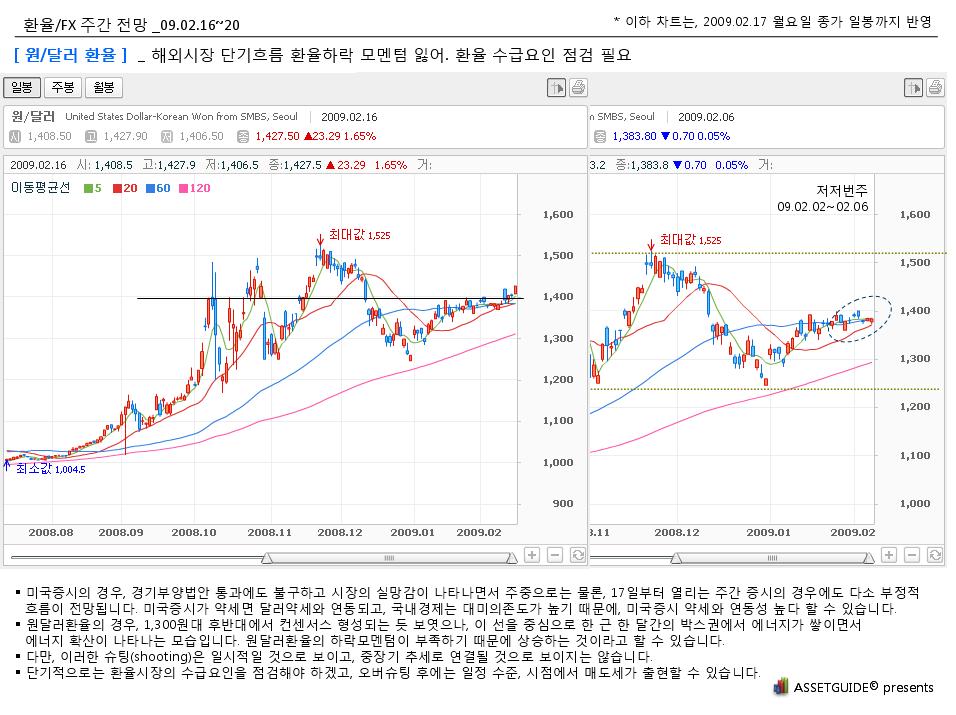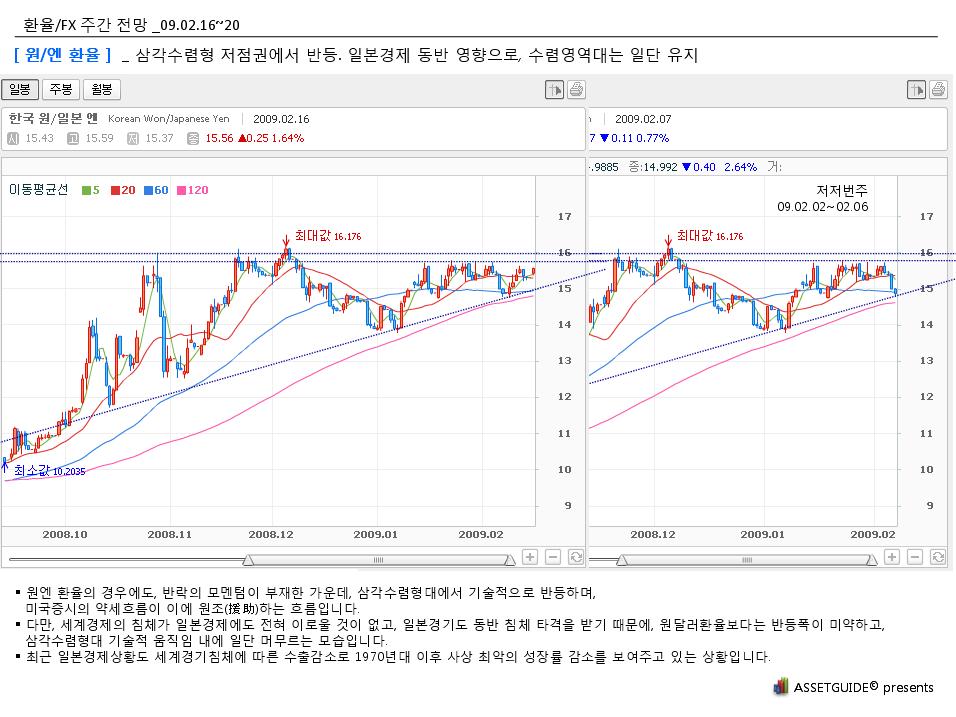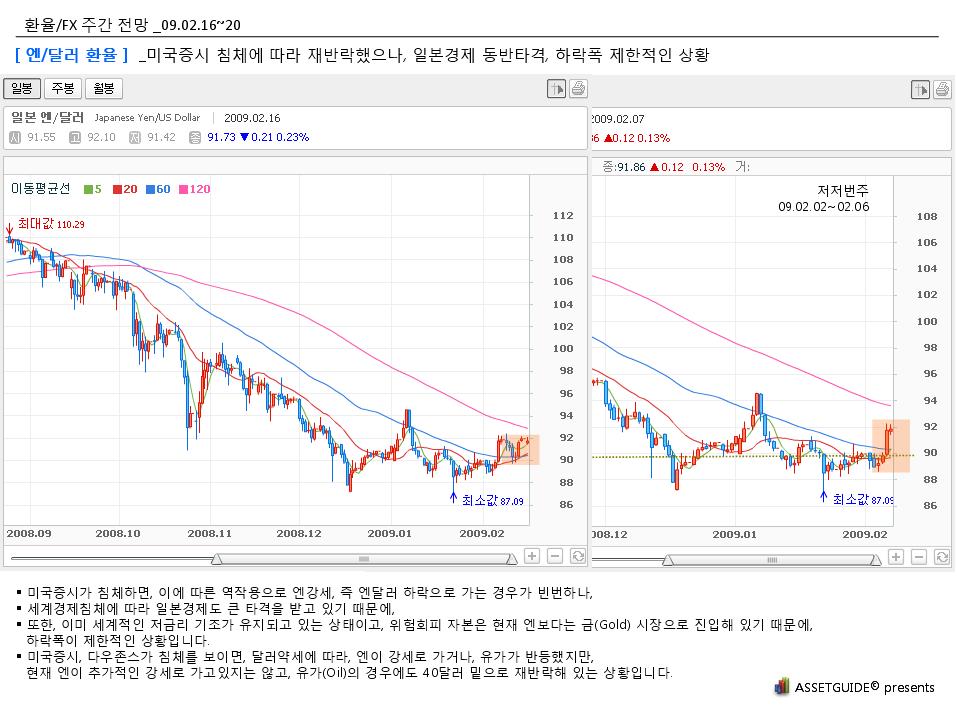|
|
||||
다음은 미국 FRB가 발표한 미국 베이지북, Beige Book, 2009년 3월호 (2009년 2회차) 입니다.
March 4, 2009
Summary
Prepared at the Federal Reserve Bank of San Francisco based on information collected on or before February 23, 2009. This document summarizes comments received from business and other contacts outside the Federal Reserve and is not a commentary on the views of Federal Reserve officials.
출처 : http://www.federalreserve.gov/fomc/beigebook/2009/ ( *이하 거친한글 해석 클릭 )
Reports from the twelve Federal Reserve Districts suggest that national economic conditions deteriorated further during the reporting period of January through late February. Ten of the twelve reports indicated weaker conditions or declines in economic activity; the exceptions were Philadelphia and Chicago, which reported that their regional economies "remained weak." The deterioration was broad based, with only a few sectors such as basic food production and pharmaceuticals appearing to be exceptions. Looking ahead, contacts from various Districts rate the prospects for near-term improvement in economic conditions as poor, with a significant pickup not expected before late 2009 or early 2010.
Consumer spending remained sluggish on net, although many Districts noted some improvement in January and February compared with a dismal holiday spending season. Travel and tourist activity fell noticeably in key destinations, as did activity for a wide range of nonfinancial services, with substantial job cuts noted in many instances. Reports on manufacturing activity suggested steep declines in activity in some sectors and pronounced declines overall. Conditions weakened somewhat for agricultural producers and substantially for extractors of natural resources, with reduced global demand cited as an underlying determinant in both cases. Markets for residential real estate remained largely stagnant, with only minimal and scattered signs of stabilization emerging in some areas, while demand for commercial real estate weakened significantly. Reports from banks and other financial institutions indicated further drops in business loan demand, a slight deterioration in credit quality for businesses and households, and continued tight credit availability.
Upward price pressures continued to ease across a broad spectrum of final goods and services. This was largely associated with lower prices for energy and assorted raw materials compared with earlier periods, but also with weak final demand more generally, which spurred price discounting for items other than energy and food. With rising layoffs and hiring freezes, unemployment has risen in all areas, reducing or eliminating upward wage pressures. A number of reports pointed to outright reductions in hourly compensation costs, through wage reductions and reduction or elimination of some employment benefits.
Consumer Spending and Tourism
Consumer spending remained very weak on balance, albeit with slight firming noted by many Districts, particularly compared with holiday-season sales that were very disappointing. About half of the Districts reported that consumer demand was softer than during recent reporting periods or fell significantly below levels twelve months earlier. However, compared with the preceding reporting period that included the holiday season, retail spending was described as "mixed" in the Boston and Richmond Districts, "nearly steady" in Philadelphia, and slightly improved in Cleveland and Dallas, while New York reported a reduced rate of decline compared with the "steep" pace in December. But San Francisco characterized retail sales as "anemic" and pointed to double-digit sales declines relative to twelve months earlier for many retail outlets. As reported by Richmond, Chicago, and San Francisco, discount chains fared much better than traditional department stores and specialized retailers, recording sales gains in many cases as consumers continued to switch away from discretionary spending and luxury items and toward basic necessities.
The weakness in discretionary spending was also reflected in relative sales by product type. Sales of luxury goods such as jewelry, electronic equipment, and other big ticket items were reported to be especially slow in the Philadelphia, Richmond, and Chicago Districts. Demand for furniture, appliances, and other durable household items remained quite depressed, according to Kansas City and San Francisco. Sales of new automobiles and light trucks remained exceptionally sluggish, with Philadelphia, Richmond, and Kansas City reporting further declines from an already slow pace of sales. Used vehicles fared better in general, with Kansas City and San Francisco noting that they were selling well and Cleveland and Chicago reporting improvement over the previous period. Reports of gains in retail spending were largely limited to grocery stores and pharmacies, although reports from Philadelphia, St. Louis, and Richmond indicated some pickup in sales of apparel, which the latter District attributed in part to severe winter weather.
Travel and tourist activity continued to fall in most areas, as households reduced their vacation travel and corporate travel spending was scaled back. Tourist visits and spending were reported to be slower than in the previous reporting period or down from twelve months earlier for major tourist destinations in the Richmond, Atlanta, Minneapolis, New York, and San Francisco Districts, with the declines in the latter two characterized as "substantial" and "sharp," respectively. Airline traffic fell in the Kansas City, Dallas, and San Francisco Districts. Business at restaurants dropped substantially in some areas, notably in the Kansas City and San Francisco Districts, with extensive layoffs and restaurant closures reported in the latter.
Nonfinancial Services
Reports on nonfinancial services indicated significant drops in activity accompanied by widespread job cuts. Providers of health-care services reported falling patient volumes, which were attributed in part to a drop in elective procedures in the Richmond, Minneapolis, and San Francisco Districts. Demand continued to fall for professional services such as business consulting and accounting services, legal services, and other professional services in various Districts. However, Dallas noted a modest increase, albeit less-than-expected, in demand for legal services due to increased bankruptcy proceedings. Providers of information technology (IT) services in the Boston District saw a drop in activity on average, although some firms have sustained strong revenue growth; activity among providers of IT services was reported as stable to up in Kansas City, and Minneapolis reported that some IT services firms have seen solid demand from companies that are intent on using the technology to reduce costs. Demand for staffing services weakened considerably. Boston reported that outcomes for providers of temporary staffing services were "dismal," with revenue declines in the range of 20 to 50 percent compared with twelve months earlier. Chicago and Dallas also reported sizable declines in activity by staffing firms, and New York noted that activity by a major employment agency has "virtually ground to a halt."
Demand for shipping and transportation services fell further. New York, Cleveland, Richmond, and Atlanta reported reduced activity and layoffs among trucking and rail companies, with the decline in activity described as considerable in some cases. Richmond also reported that shipping activity through ports in that District slowed further, as imports and exports both continued on a downward trend.
Manufacturing
Manufacturing activity fell on net in all Districts, with very sharp declines recorded for some sectors and only partial offsets provided by the few bright spots. Cleveland reported a drop in overall factory output of about 25 percent compared with twelve months earlier. For most Districts, the drop in activity was especially pronounced for makers of capital goods and construction-related equipment and materials, such as primary metals, wood products, and electrical equipment, along with consumer durables such as autos and furniture. Manufacturers of computers, semiconductors, and other IT products saw further declines in production and orders in the Dallas and San Francisco Districts. Slower export sales were cited as a source of weakness for various manufacturing sectors by the Atlanta, Chicago, and Kansas City Districts.
Manufacturing of biotechnology products and pharmaceuticals was one bright spot, with Boston reporting sales gains at a double-digit pace for biopharmaceutical firms, Richmond noting continued hiring of temporary staff among life sciences and pharmaceutical companies, and Chicago reporting continued strong demand for pharmaceuticals. Aircraft manufacturers in the St. Louis District are planning to expand existing production facilities; activity in this sector was largely stable in the Cleveland and San Francisco Districts, but contacts expect some slowing in the future as airlines reduce capacity due to a slowdown in air travel. Food processers and manufacturers of selected chemicals also saw further increases in demand during the reporting period, according to Philadelphia and San Francisco.
As a result of declining production, capacity utilization fell in most manufacturing sectors, with rates as low as 25 to 50 percent reported for some metal fabricators. Several Districts reported that capital spending plans were curtailed further during the reporting period, notably for companies in the retail sector and within manufacturing, which suggests the possibility of further reductions in orders for capital goods going forward.
Real Estate and Construction
Residential real estate markets remained in the doldrums in most areas, with only scattered, very tentative signs of stabilization reported. The pace of sales remained very low in most areas and declined further in some; most Districts reported small declines, but New York cited a sales drop of 60 to 65 percent in Manhattan compared with twelve months earlier. By contrast, Cleveland, Richmond, Dallas, and San Francisco each reported a rising or better-than-expected sales pace for existing or new homes in some areas, attributed largely to falling prices and improved financing terms for some types of home mortgages. House prices continued to decline, reportedly at double-digit paces in some areas, with little or no signs of a deceleration evident. Builders in various Districts generally remain pessimistic regarding recovery prospects this year, and consequently the pace of new home construction declined further in most areas.
Demand for commercial, industrial, and retail space fell further during the reporting period, with some evidence of more rapid deterioration than in preceding periods. Vacancy rates rose and lease rates declined on a widespread basis; New York noted that commercial real estate markets "weakened noticeably," while Atlanta described reports on commercial real estate that were "decidedly more negative" than in previous periods. Construction activity has declined commensurately, and assorted reports suggest that market participants expect this weakness to continue at least through the end of 2009. Cleveland noted that public works projects have shown stability of late, although they declined in the San Francisco District as a result of the budgetary struggles of some state and local governments there. Credit constraints and uncertainty were reported to be a drag on commercial construction and leasing activity in the Philadelphia, Chicago, Dallas, and San Francisco Districts.
Banking and Finance
Lending activity fell further on net, with mixed results across Districts and loan categories. Demand for commercial and industrial loans was reported to be lower in most Districts, although Philadelphia reported recent growth in this category. Consumer loan demand also fell in general, although Cleveland reported that it was "stable to up" during the reporting period. Demand for new mortgages remained depressed, but New York, Cleveland, and Richmond noted that refinancing activity continued at high levels or increased further. Boston and Cleveland reported that loan demand and the availability of funds were more favorable for community banks than for institutions with a national scope.
The availability of credit generally remained tight. Lenders continued to impose strict standards for all types of loans, with scattered reports of further tightening and particular scrutiny focused on construction projects and commercial real estate transactions. Despite stringent standards, Atlanta and Chicago noted that funds were available for well-qualified applicants, and Dallas cited contacts who reported that capital has become more readily available. Credit quality fell for all loan categories, with declines cited by most Districts with the notable exception of Kansas City, where current loan quality was unchanged and expectations for future quality improved modestly. New York reported that the deterioration in quality was most pronounced for consumer loans, while Chicago emphasized deterioration in the quality of business loans as a result of rising bankruptcies. Scattered reports suggested improved liquidity in some credit markets and reductions in interest spreads, with Chicago noting that conditions for the commercial paper and corporate bond markets "improved significantly."
Agriculture and Natural Resources
Conditions weakened for agricultural producers in various Districts, as demand fell and growing conditions were mixed. Sales slowed for a variety of tree and row crops, grains, dairy products, and livestock, and some product prices declined significantly. Dallas and Atlanta reported that sales were undermined by a drop in overseas demand, and the latter District also faced a sharp decline in demand for peanuts resulting from a recent salmonella outbreak at a processing plant. Planting and growing conditions were mixed within and across Districts, with adequate moisture and favorable temperatures reported for many areas but ongoing drought conditions and restricted water supplies noted by Dallas and San Francisco. Producers benefited from declining input prices on net, but these were not large enough to offset slower sales and lower product prices, which put downward pressure on profit margins and land values, according to Chicago and Kansas City.
Activity slowed significantly for producers of natural resource products. Reduced global demand and lower prices for oil have prompted a sharp cutback in oil extraction activity since last fall, with Dallas noting an "unprecedented" decline in the domestic rig count that was largely concentrated in their District. Respondents from the Kansas City District expect oil extraction activity to fall further as the year proceeds, and Minneapolis noted that natural gas and mining activities also faltered during the reporting period.
Prices and Wages
Upward price pressures were very limited during the reporting period, as a result of lower energy and commodity prices and weak demand for final goods and services across a wide range of sectors. The lower prices of energy and raw materials generally were passed on and contributed to downward pressure on the final prices of various products, according to Chicago and Dallas. Prices dropped on selected retail items in the Philadelphia, Kansas City, and San Francisco Districts, as discounting was widespread. Selected food products were a notable exception to downward price pressures, with Philadelphia reporting that some food processors raised their product prices. Gas prices rose, but according to Chicago and San Francisco the increase was not large enough to substantially offset the ongoing effects of the net decline from last year's highs.
Upward wage pressures eased in all Districts, as a rising incidence of hiring freezes and continued job cuts increased the degree of labor market slack. Contacts from various Districts pointed to a higher incidence of wage freezes resulting from the added slack, with a few noting outright wage reductions. Some employers also reduced compensation by lowering benefit costs, including reduced contributions to employee retirement programs, according to the Philadelphia, Chicago, Minneapolis, and San Francisco Districts.
| 2009
Summary of Commentary on Commonly known as the Beige Book, this report is published eight times per year. Each Federal Reserve Bank gathers anecdotal information on current economic conditions in its District through reports from Bank and Branch directors and interviews with key business contacts, economists, market experts, and other sources. The Beige Book summarizes this information by District and sector. An overall summary of the twelve district reports is prepared by a designated Federal Reserve Bank on a rotating basis.
| ||||||||||||||||||||||||||||||||||
| 1970 - present (on the web site of the Federal Reserve Bank of Minneapolis) | ||||||||||||||||||||||||||||||||||
출처 : http://www.federalreserve.gov/fomc/beigebook/2009/
'Market(o)' 카테고리의 다른 글
| 미국 실업률 변화 _1948.01~2009.03 _US Unemployment Rate (0) | 2009.03.07 |
|---|---|
| 미국 실업률 변화 _2000.01~2009.03 _US Unemployment Rate (0) | 2009.03.07 |
| 미국증시 장기침체, 하락형 L자 컨센서스 점증 _다우존스 SPOT VIEW _09.03.03 (0) | 2009.03.03 |
| 국내경기침체 장기화, 하락형 L자 진행 가능성 _09.03.03 (0) | 2009.03.03 |
|
| |||||


